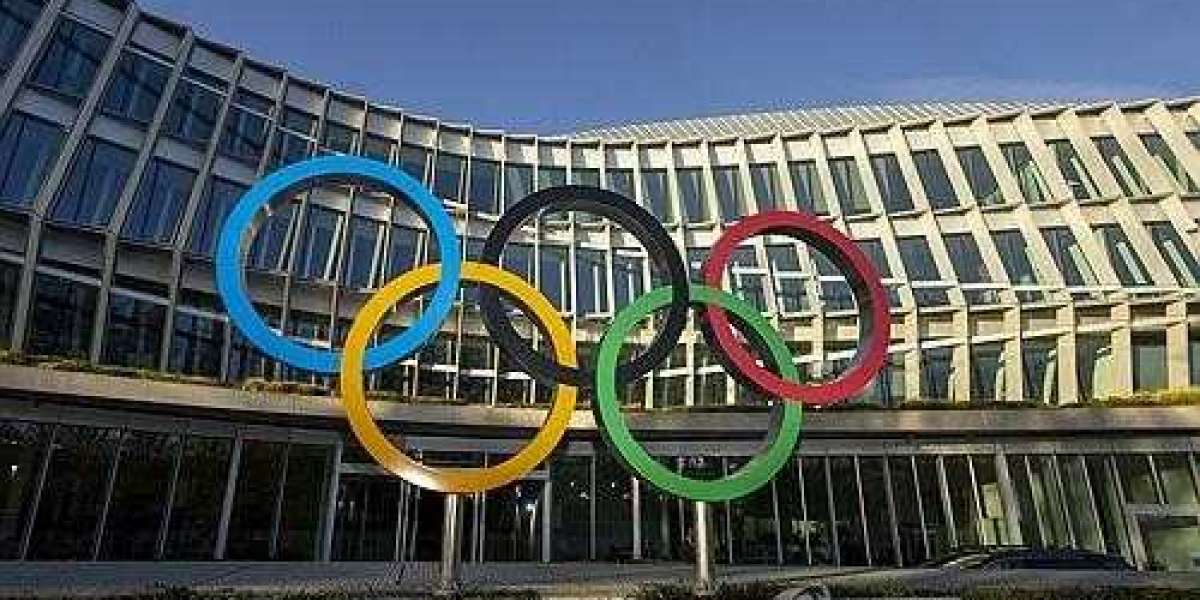Still, she gained worldwide attention. She became the first athlete born male to undergo gender reassignment surgery and compete in the Olympics as a woman.
Hubbard's participation was made possible by the International Olympic Committee's (IOC) policy that transsexual athletes' levels of male hormones would be used to determine if they could compete in the women's division.
The IOC, which allowed athletes who had undergone gender reassignment surgery to compete in the Olympics through the Stockholm Consensus in May 2004, lowered the hurdles even further after Tokyo.
In November 2021, it removed the “testosterone blood level threshold” that had previously been applied to transgender athletes.
The IOC, which heard from more than 250 athletes and officials at the time, decided that testosterone levels alone could not be used to predict performance.
The IOC's position is that transgender athletes should be able to show empirical evidence that their gender transition has led to an actual “performance advantage,” not just hormone levels.
This has been welcomed by transgender athletes who have had to endure discomfort and undergo various therapies to suppress their testosterone in order to compete.
Three years after Hubbard's arrival on the Olympic stage, the Games in Paris are set to kick off on Aug. 26 (local time). But there will be no male-to-female transitioning athletes at the Games.
According to Outsports, a news organization that covers LGBTQ+ sports, there are at least 155 LGBTQ+ athletes competing in the games.
That's fewer than at the Tokyo Games, where 186 were announced, but more than triple the number from Rio de Janeiro eight years ago, when 56 were estimated.
However, there is no mention of athletes competing in the women's events after transitioning from male to female.
This is despite the IOC's more tolerant stance since Tokyo and the “coming out” of professional female-transitioning athletes in the United States, Europe, and elsewhere.
This is because, contrary to the IOC's move, the international governing bodies for each sport have raised the bar for transgender athletes.
In recent years, the International Swimming Federation (2022) and the World Association of Athletics Federations (2023) have banned pubescent athletes from competing in women's international competitions.
While the IOC has outlined that it will require more physical evidence than hormone levels to determine whether a transgender athlete can compete, it has left it up to the individual sports organizations to determine the specific eligibility criteria.
The idea is that if you went through puberty as a male, you have to recognize that you have a built-in physical advantage that remains even if you transition to female. This is an “unfair difference” that cannot be overcome through hard work, the organizations say, and is therefore a measure to protect female athletes and fairness.
In reality, men and women begin to experience changes in muscle mass, bone density, and hemoglobin levels in the heart and lungs at puberty.
However, the extent to which this “male experience” makes a difference in the real world and whether hormone therapy reduces performance to a level that allows athletes to compete with women is still an area of debate.
The science is not fully understood, and the small sample size of transsexual athletes worldwide has hindered research in the field.
As French transgender sprinter Halva Diouf told Reuters in May last year, “It excludes trans women like me from competition. I feel marginalized,” and expressed frustration with the decision.
British transgender cyclist Emily Bridges was unable to compete for the national team in 2022 because the International Cycling Union refused to allow her to compete in the women's category.
On the other hand, there are athletes who are competing in the women's category but identify as men.
This is Philippine boxer Hergie Basiadan.
According to MyInfo, the official information site of the Paris Organizing Committee, Basiadan was born female but identifies as male. However, she hasn“t undergone surgery or hormone replacement therapy, which allows her to compete in the women”s division. 메이저사이트








